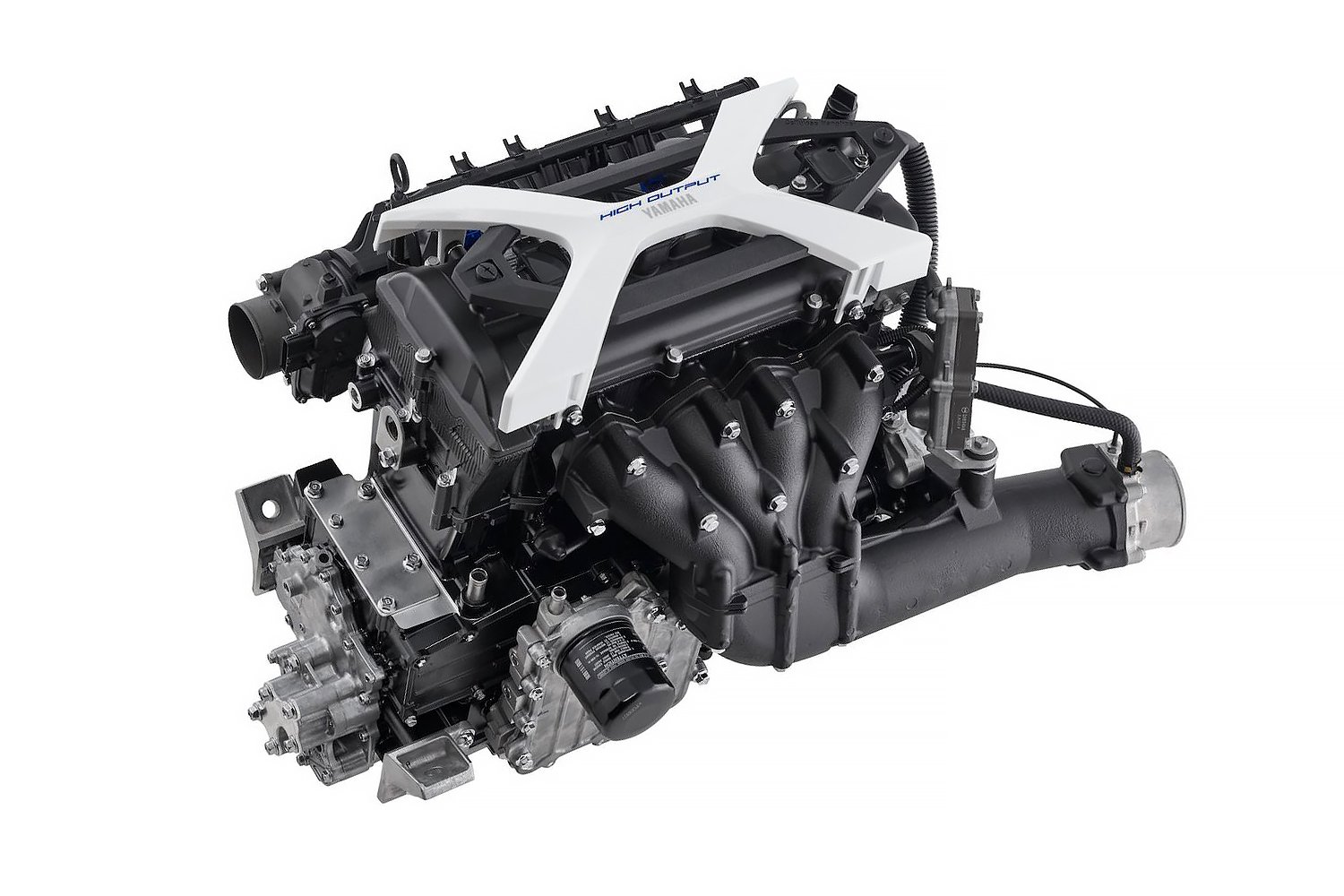Up next on our ever-expanding list of bizarre engines that will likely never see success, is Eduardo Taurozzi’s “Pendulum Engine” design. This patented (and re-patented) engine has been in the making for over half a century, and recently it has caused quite a bit of a hubbub on the jolly ol’ interweb.
As for the most recent patent filing for Taurozzi’s engine, it was classified as a “balanced modular pendulum mechanism” by the patent office and was subcategorized under a “multi-cylinder engine with cylinders in V, fan, or star arrangement” generalization. To which the patent proposes the following paragraph as its synopsis:
“The present invention relates to a balanced pendulum mechanism that is useful in devices such as vacuum pumps, compressors, engines, and blowers. The mechanism includes a pair of toroidal-shaped cylinders originating from the centerline of a central axis, with each cylinder structurally arranged to receive and cooperate with a plunger attached to a pendulum arm that is pivotally anchored to the central axis. The pendulum arms are linked to connecting rods mounted to the crankshaft to complete the pendulum mechanism which is operable with or without lubrication.”
And while some of the imagery found on Taurozzi’s blog shows illustrations and images of his “Pendulum Engine” design as a cutaway, on display in assembled form, or in the back of an automobile, there are no updates post-2007. Furthermore, his most recent patent request was submitted in May of 2001 and was allowed to expire completely unused, twenty years later. So what happened? Or perhaps more importantly, what didn’t happen?

United States Patent Application for Balanced Modular Pendulum Mechanism; Figure 3, patent number US 2001/0037777 A1
Quick Claims and a Lifetime of Engineering
In essence, this pendulum-style engine is one man’s lifelong work, with the first patent pertaining to this engine dating back to 1974. Throughout the 1970s and 1980s, and well into the 1990s Eduardo Taurozzi promoted and improved upon his design, forever hoping that it would someday take off. Yet for one reason or another, it never did catch much attention outside of local media coverage and some heated online shouting matches.
It’s a pity, because on paper, this seems to be a very clever design, and in certain ways, could be superior to conventional, piston-powered combustion engines if implemented properly. For instance, there’s no risk of piston rockover with this design due to the pendulum’s curved architecture and sweeping motion. Since there are two points of control on the connecting rod instead of the traditional singular point, very little friction would be formed down at the bottom either.
The invention was also intended to have greater efficiency capacities when not under full load, thanks in part to the cooler temperature of the plunger and the curved cylinder eliminating the need for oil. Taurozzi stated time and time again that with this pendulum engine design, revolutions, and air generation could be doubled or even tripled. He went on to explain that by using sealed bearings, his pendulum motor could even eliminate the need for piston lubrication, allowing 30 percent more efficiency than a comparable combustion motor. Promises that were all toted in a sales pitch and temporarily applied to test mules, yet never in mass production.
The Pit and the Pendulum
While the link to the patent listed above will provide you with all of the dirty details on this design, here are a few key takeaways that we found particularly intriguing about this pendulum engine’s patent papers.
First off is the fact that yes, this pendulum engine design does indeed work. But thus far it has only been implemented in medical-grade, non-combustion compressors. This makes sense, as one of the first things that is mentioned within the patent body, is how conventional rotating mechanisms used in screw-type compressors are heavy and inefficient, and how Taurozzi’s “Pendulum Engine” intended to replace this dated design. Basically, it was built to “…operate at high revolutions to provide increased efficiency while reducing the size of the mechanism to reduce the costs of operation.”
This is where that double pendulum mechanism comes into swing. By using a balanced pendulum design, Taurozzi hoped to revolutionize vacuum pumps, compressors, blowers, and even engines with his twin toroidal-shaped cylinder design. With the centerline of the central axis of each cylinder aligned with a “plunger” attachment on a pendulum arm, the design could pivot when the connecting rods were turned by the crankshaft.

United States Patent Application for Balanced Modular Pendulum Mechanism; Figure 2a, patent number US 2001/0037777 A1
Then there was the patent’s claim that this pendulum engine design was “operable either with or without lubrication.” To operate without a lubricant like an engine oil, some form of sealed bearing would need to be implemented. As explained in the video, this would not be a feasible solution for the longevity of an automotive-oriented combustion engine but could function in a compressor of some sort that does not regularly (and rapidly) have its throttle inputs changed on the fly.
Finally, there was that closing note in the patent, stating that this pendulum mechanism was modular in design. This would have allowed multiple units to be arranged in a variety of different ways. Either radially around a single crankshaft, axially along the crankshaft, or with several units running along the same engine block. Modular engines are always a fascinating subject, and this one definitely has some specialized tricks up its sleeve.
Hypothetically speaking, toroidal-shaped cylinders can be made in any size and circumference imaginable with a quality CNC machine and the proper blueprinting software. This means that the mounting axis for the pendulum arms themselves would no longer be limited to a coaxial design if deemed irrelevant, allowing the valves to be positioned in the head of the toroidal-shaped cylinder itself. Hell, they could even be popped within the plunger, or in a combination of the two if you fancied a little double-team action.
?si=QFvyjUxnuRVOoYd2
These Curved Numbers Just Ain’t Adding Up
But even though he would have loved to have seen his invention going down the assembly line, Taurozzi’s “Pendulum Engine” design never was meant for automobiles. According to his patent filing, those wildly impressive efficiency figures could only be achieved when “the weight and volume of the components of the mechanism could be reduced.” In order for the engine’s operation to achieve a highly balanced state, it would need enough continuous inertia to first reach an equilibrium.
So that means it would need to be really lightweight and small, and would need to maintain its momentum to be effective. Since those curved connecting rods, and all of the accouterments that come with them, harbor a significant amount of weight and hog a fair deal of space, this engine’s footprint seems to have been better suited for hospital, industrial, agricultural, and railway implementation. That, or allow it to serve as an assist motor on a combustion engine or as a quick battery recharge source.
Even if it were able to be scaled so that it could power a modern automobile, this pendulum design would need to be formed into a boxer engine configuration of some sort, as that might better handle the broad width and balancing needs of the motor. That or an inline four or an inline six-cylinder engine configuration, like what was suggested in the video.








